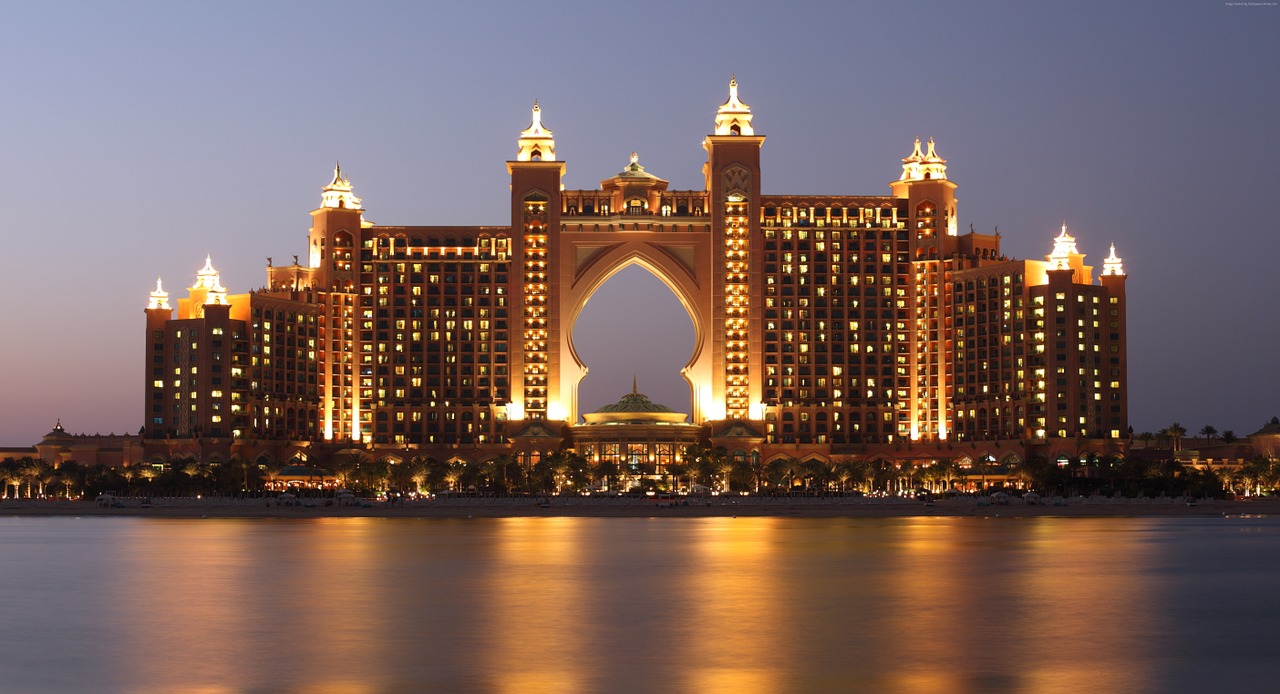Across the Gulf Cooperation Council (GCC), an energy transition is taking hold.
With energy demand expected to rise across the Middle East by 67% through 2040 (according to the International Energy Agency), the oil-rich countries of the GCC are not passing the opportunity to address this swelling demand by diversifying the grid.
Of course, this necessitates significant investments into the region’s energy infrastructure. Saudi Arabia’s government, for instance, has indicated aims to attract between US$30 billion-US$50 billion of new investment in renewables by 2030. And while the transition to using green investment vehicles has yet to be fully established, the green shoots are becoming increasingly evident.
The case for renewables
With the Middle East’s renewable generation capacity expected to grow at an estimated compound annual growth rate of 179% between 2018 and 2020, the case for renewables already appears well made. The shift is, of course, significant for many reasons: not only does it serve to alleviate the pressures of falling oil prices, but it’s helping to further promote sustainable practices among GCC members.
In this respect, progress is already being made, particularly across the United Arab Emirates (UAE). Launched in 2017, the country’s 2050 energy strategy aims to cut carbon dioxide emissions in power generation by 70%, and to double clean energy’s total contribution to the grid to 50%. Combined with other targets, the transition will require some US$163 billion of investment over the next 31 years – equating to an annual spend of more than US$4.6 billion.
To this end, more high-profile projects are in the pipeline – such as the recently announced solar project in Abu Dhabi’s Al Dhafra region, which is set to eclipse the newly operational 1 gigawatt (GW) Noor Abu Dhabi photovoltaic plant.
Such policies reflect enthusiasm for bolstering the region’s green credentials – with entities in Abu Dhabi and neighbouring emirate Dubai already setting incentives. For instance, the Dubai Green Fund, established by the Dubai Electric and Water Authority (DEWA), intends to play a key role by financing green projects and providing concessional loans for investors. The fund’s aim is to eventually manage some US$27.2 billion of green assets.
Green finance in nascency
While green projects are becoming more plentiful, the GCC’s green finance market has yet to fully blossom. To date, we have seen two green issuances from the GCC region: the US$587 million bond issued by the National Bank of Abu Dhabi in March 2017 (now First Abu Dhabi Bank, after its merger with First Gulf Bank); and US$600 million green sukuk issued by Majid Al Futtaim, a UAE-based diversified group, in May 2019. On the green loan side, Masdar’s US$75 million green revolving credit facility to support its sustainability projects was the first green loan transaction in the market and was completed in September 2018.
What can drive green financing?
We believe the sheer amount of renewable projects in the pipeline over the next several years will be key drivers for the region’s nascent green financing market.
Historically, local and international banks active in the region have been the key lenders to the region’s major infrastructure projects. However, looking at the size of projects in the pipeline, we believe the capital markets may play a more important role in the near future. For example, once some of the green projects become operational, the refinancing stage of some of these assets may present an opportunity for the capital markets in general and green bonds more specifically.
In addition, wider use of green sukuk could allow GCC issuers to access a wider pool of capital, as well as a broader investor base, which is necessary for the green sukuk market to develop. Equally, green sukuk could also attract conventional investors by providing a high degree of certainty about the allocation of the proceeds and by filling the fixed-income supply gap for green investors.
Who leads?
While green finance in the GCC remains in relative nascency, it could well be a market on the verge of change. In our view, sovereigns and utilities are best placed to consider issuance, and to a lesser extent, real estate companies. Given the sheer level of planned investments, we also expect Abu Dhabi, Dubai and Saudi Arabia to potentially be the most active green finance markets in the region.
The GCC’s green finance market may have hitherto been in the shadows but, with growing regulatory and political support, as well as a bulging infrastructure pipeline, it could soon edge closer to the investor’s spotlight.
By Timucin Engin, Senior Director, GCC Region at S&P Global Ratings

Be the first to comment on "Green finance set to blossom in the GCC"